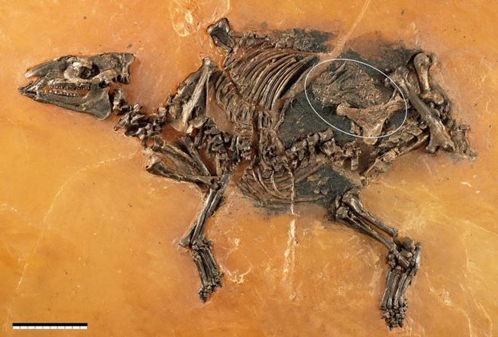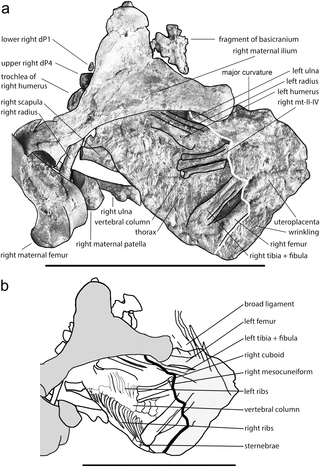Top Rocks – Best Locations UK and Ireland (Geology)
Top One Hundred Geology Sites (UK and Ireland) – In Praise of British Geology
In celebration of Earth Science week which officially starts today (10th to 17th October 2016), the British Geological Society has published a survey showing the top one hundred locations in terms of their geological significance in the UK and Ireland. The list was compiled from photographs sent in by members of the public and then they was a popular vote to decide the “people’s choice” in terms of favourite geology sites. Sites from all over the British Isles and Ireland were selected, four of the top ten sites listed come from Scotland, the other six can be found in England.
In Praise of British Geology
The Foreland Mountains of Sutherland (Scotland)
Picture credit: The British Geological Society
Different Categories Listed
In order to help with the many hundreds of entries, the survey was divided into ten broad categories which included “fire and ice”, “human habitation” and sites which are “historically and scientifically important”. The famous beaches at Lyme Regis, part of the amazing “Jurassic Coast” featured, in the top fifty.
Fossils at Lyme Regis
Picture credit: Everything Dinosaur
The Top Ten Locations
The top ten geology locations as voted by members of the public (over 1,200 people took part) are:
- The Foreland Mountains Assynt (Sutherland, Scotland) with its rugged, isolated mountains (see picture at the top of this article).
- Ironbridge Gorge (Shropshire).
- Siccar Point (Scotland) the site of a world famous unconformity where the junction between the older, tilted layers of greyish sandstone and the younger Old Red Sandstone is seen.
- The Rotunda Museum (North Yorkshire) a building design suggested by the famous geologist William Smith (built 1829).
- Staffa – the basaltic columns on the island (Inner Hebrides).
- Stonehenge, a World Heritage site in Wiltshire.
- Hunstanton Cliffs – a wonderful coastal location where the red limestone is capped by white chalk.
- The Craster Coastline, with its unusual geology and many notable outcrops.
- Millook Haven – North Cornwall into Devon showing wonderful geological formations including folds of inter-bedded sandstones.
- Glencoe (Scotland), the remnants of a long extinct super volcano that existed back in the Palaeozoic Eon.
Everything Dinosaur – In Praise of British Geology
A spokesperson from the Cheshire based dinosaur company, Everything Dinosaur stated:
The British Isles [the United Kingdom and Ireland] have some wonderful and simply amazing geological features. We urge members of the public to learn more about these fascinating locations and to get out and about and explore them.”
The British Geological Society (based London), may be the oldest geology society in the world, (founded in 1807), but the UK and Ireland has still got a huge array of amazing places to discover and explore that are not that well known to members of the public.
Visit Everything Dinosaur’s website: Everything Dinosaur.





